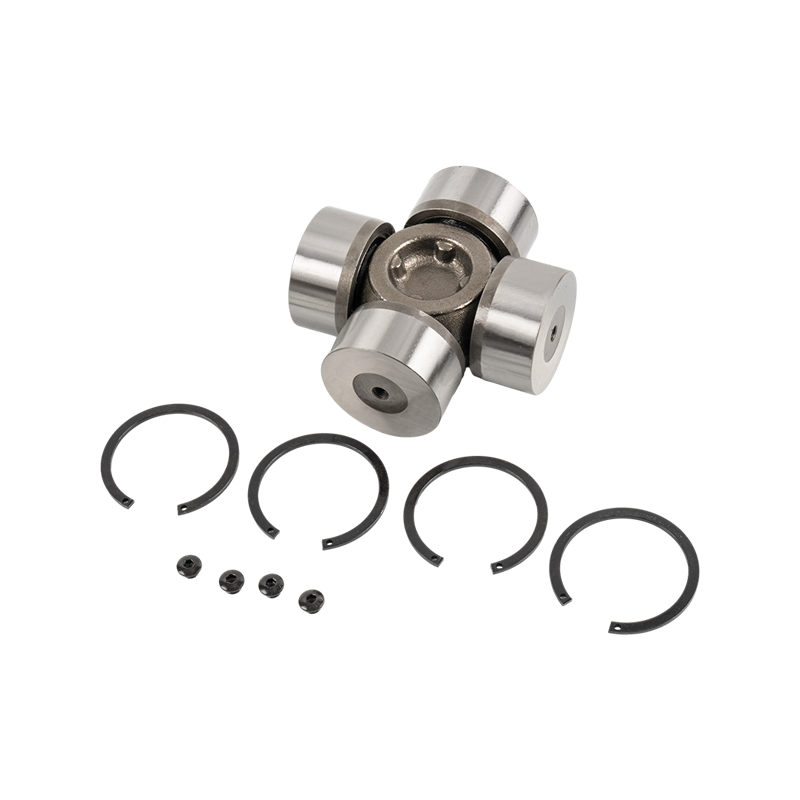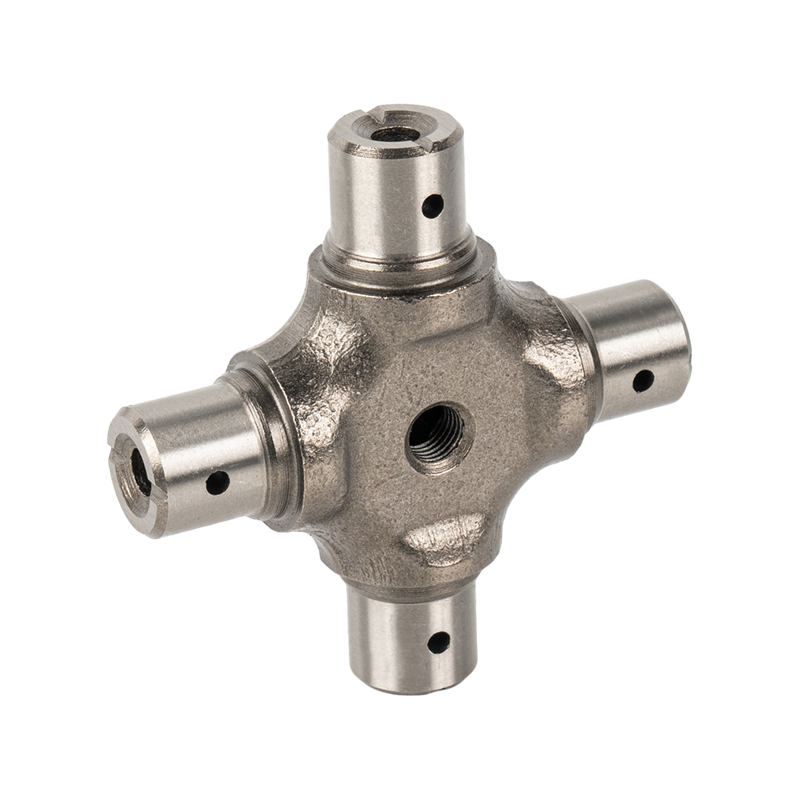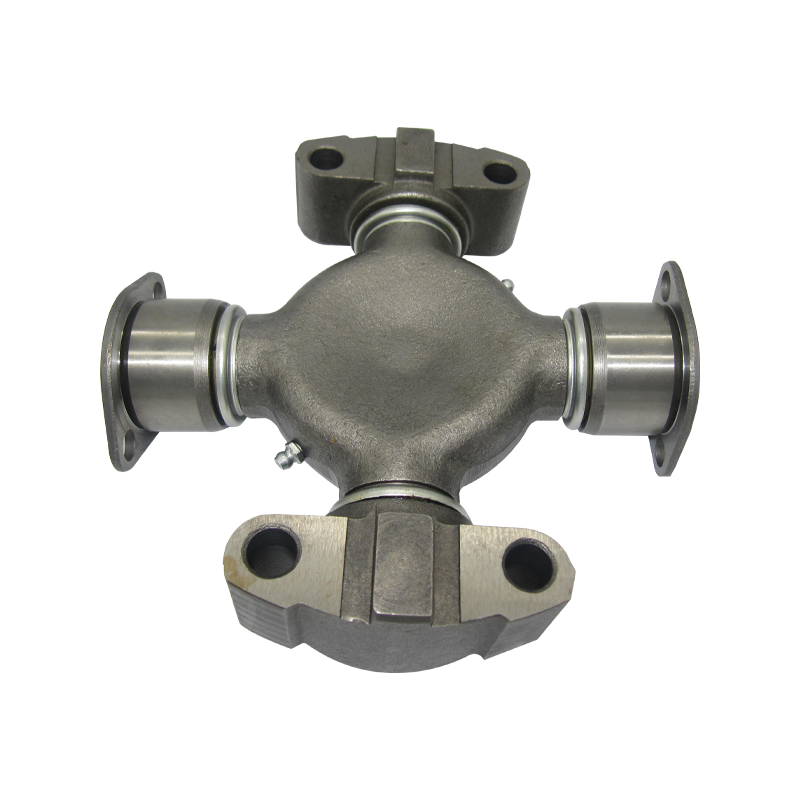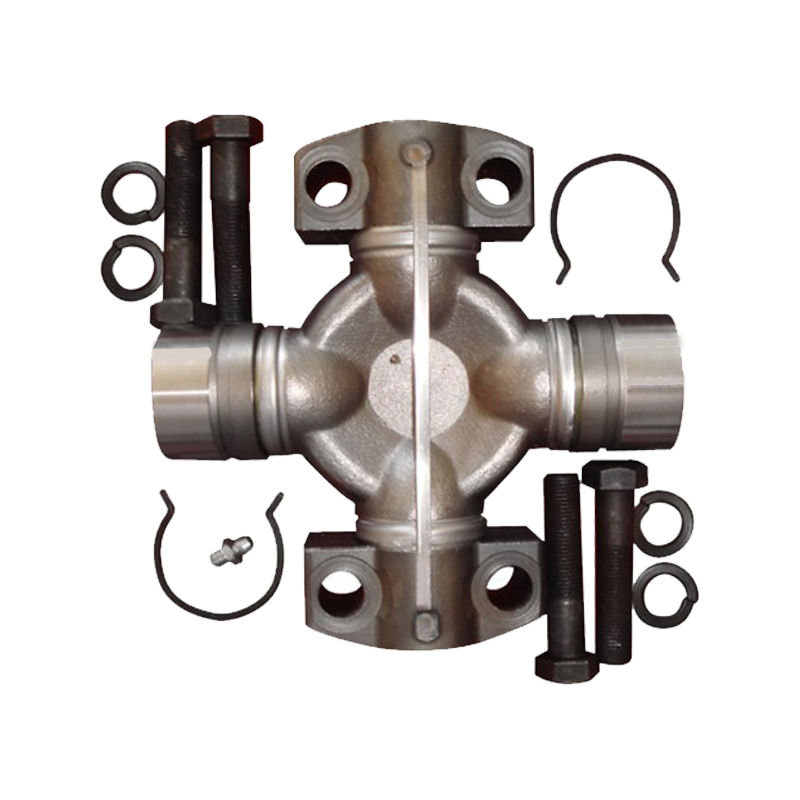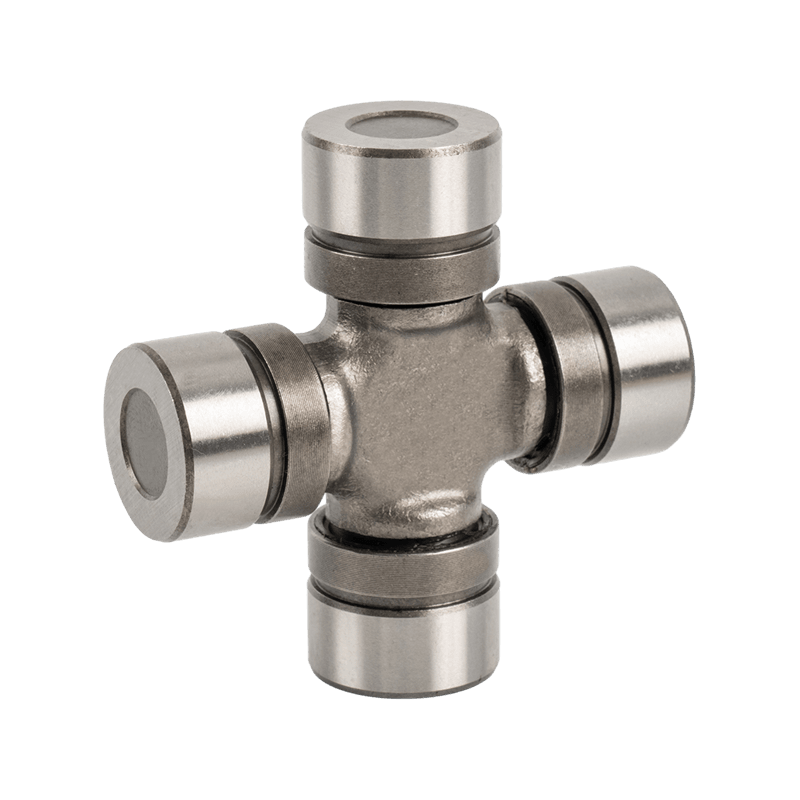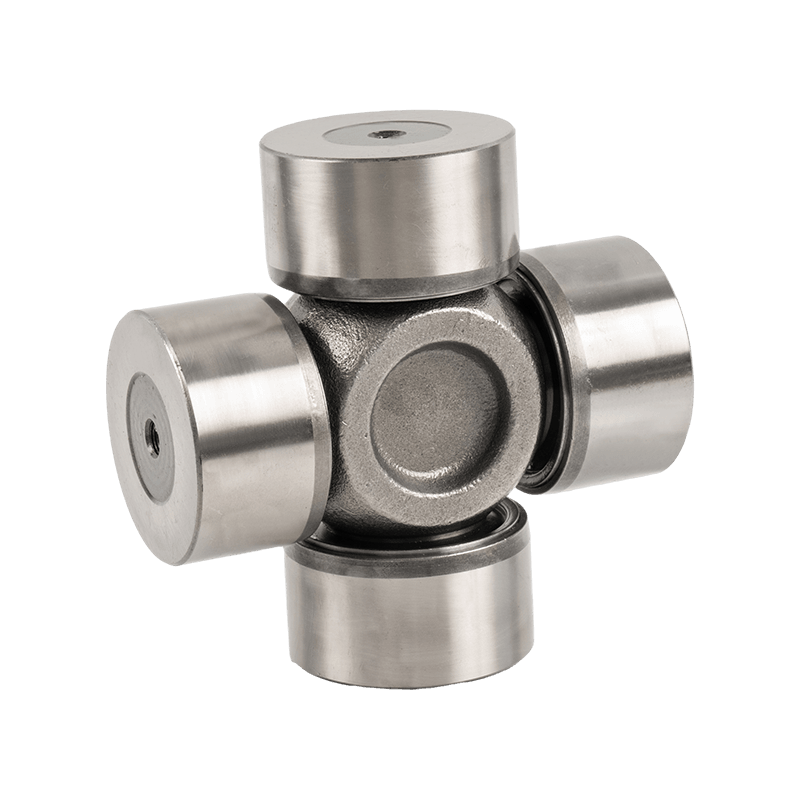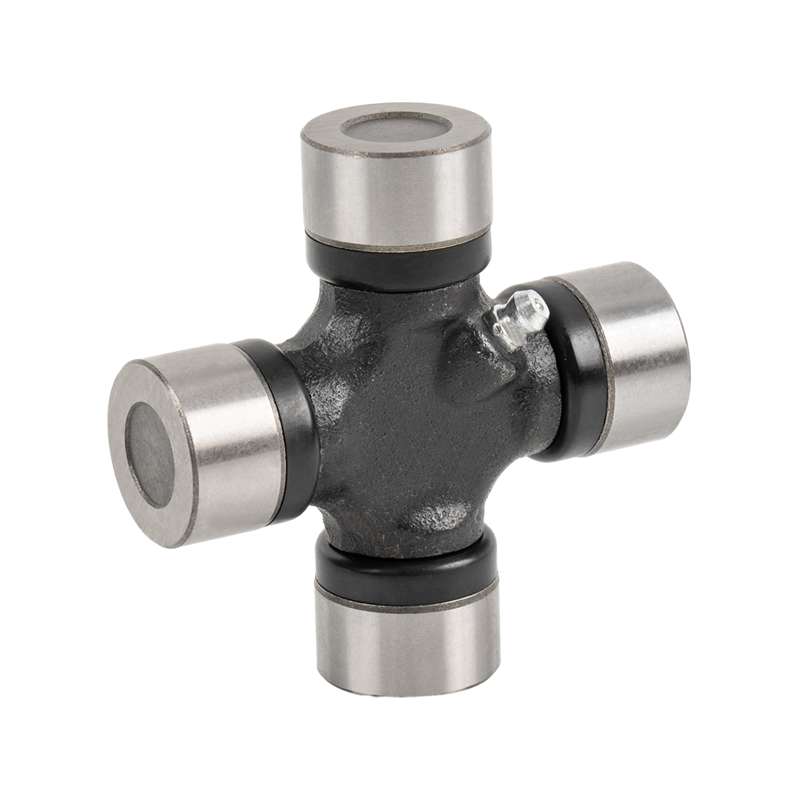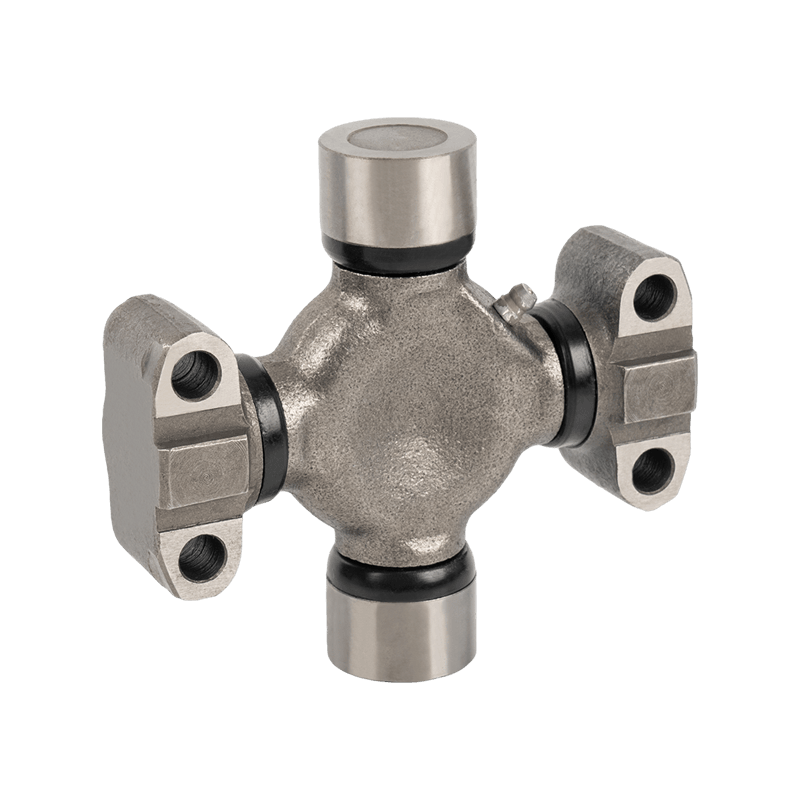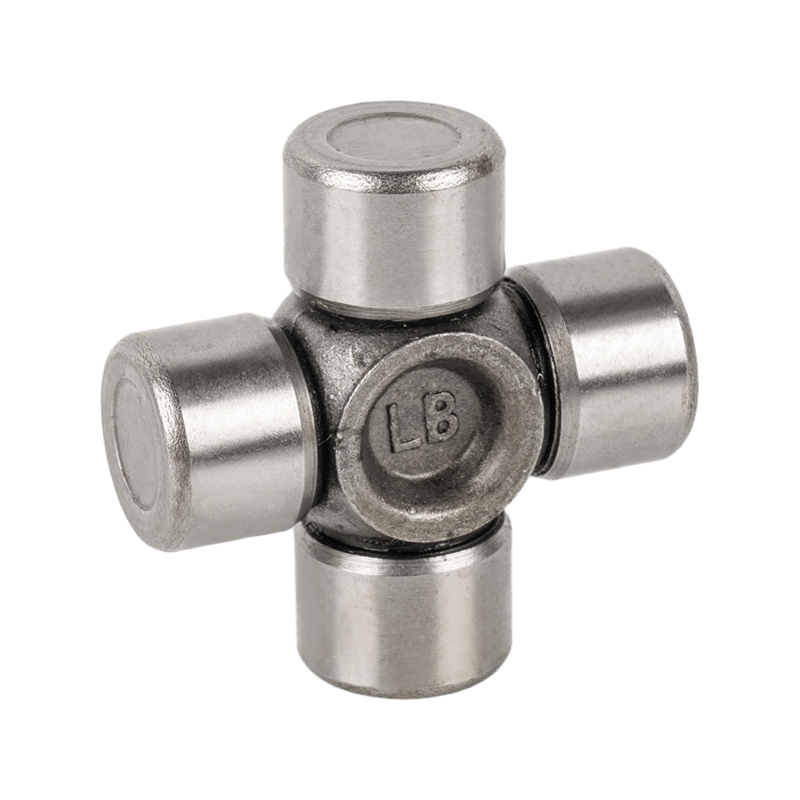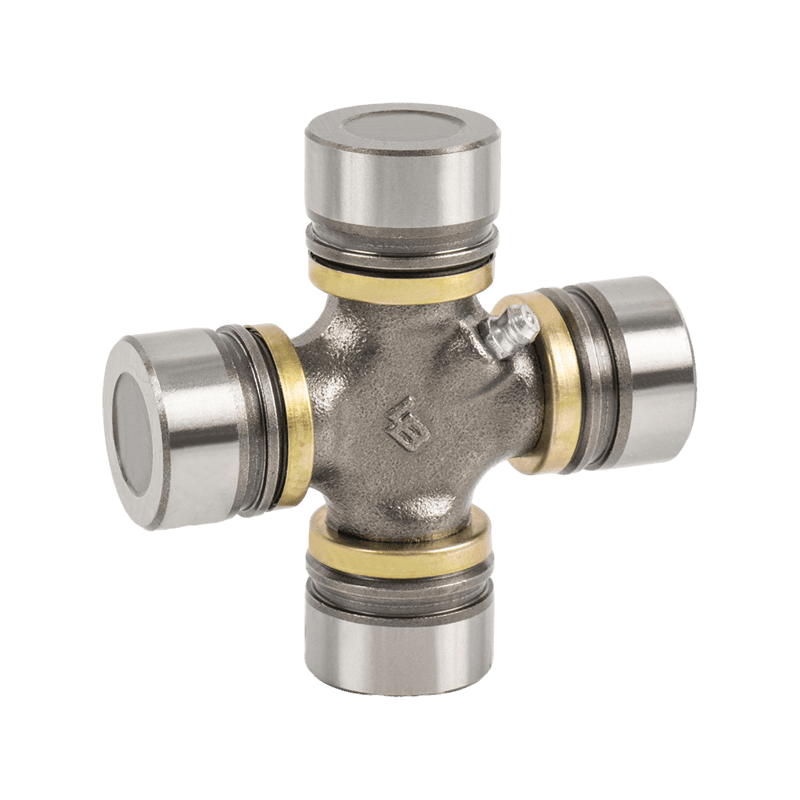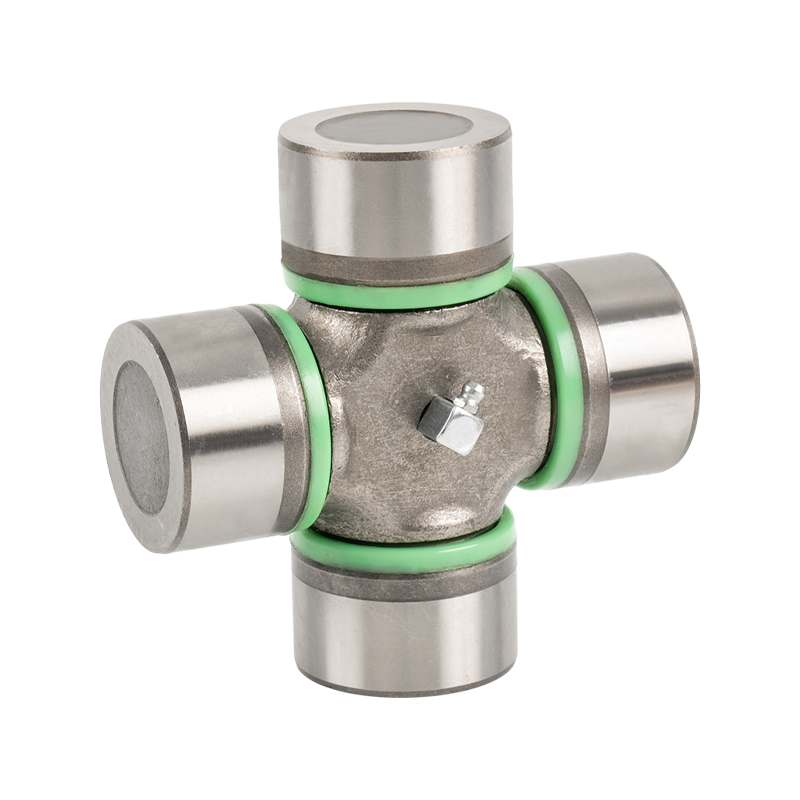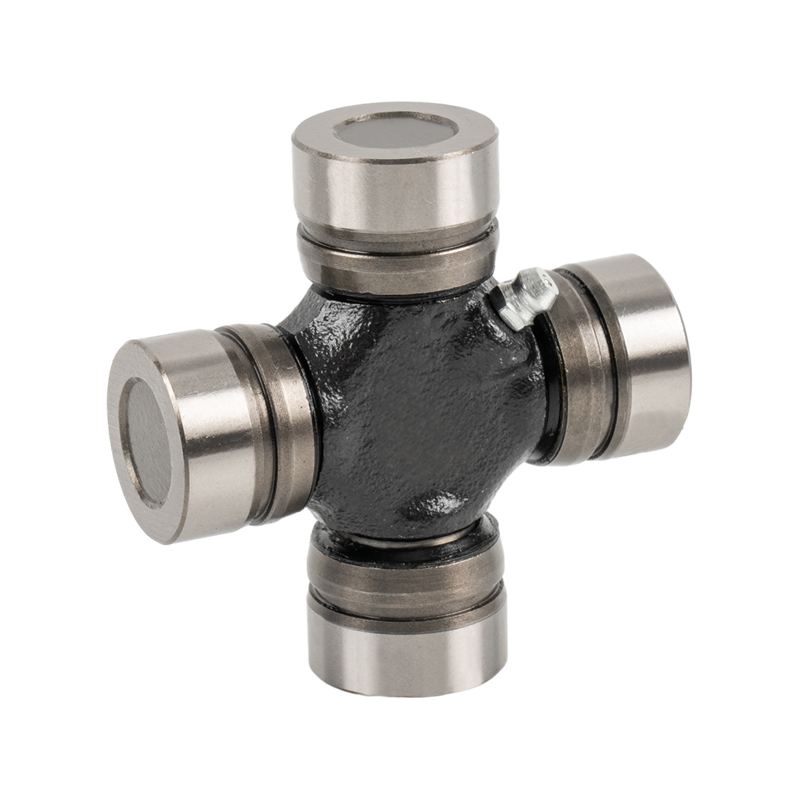1. What is the specific function of the Steering Cross Joint in the automotive steering system?
The Steering Cross Joint is a vital component of the automotive steering system, and its design and function are crucial to the vehicle's handling and safety. During the steering process of the car, the Steering Cross Joint undertakes the key task of transmitting torque and turning force. It connects the steering shaft and the drive shaft, transmitting the driver's steering input to other parts of the steering system, such as the steering gear or steering mechanism. Through this transmission, the vehicle can accurately steer according to the driver's control instructions, whether it is for precise turning operations or stable high-speed driving.
The design of the Steering Cross Joint is very sophisticated, and its core is the use of a special universal joint structure. This structure allows the cross-joint to rotate freely at various angles, while compensating for possible slight angular deviations between the steering shaft and the drive shaft. This ability is critical because in actual driving, the relative position of the steering shaft and the drive shaft may change due to uneven road conditions or the operation of the suspension system. Through this design, the Steering Cross Joint can ensure the stability and precision of the steering system, thereby improving the driver's control experience and safety.
In addition to transmitting torque and compensating for angular deviations, the Steering Cross Joint also has the important function of reducing vibration and shock. During the steering process, the steering force of the vehicle may produce vibrations or shocks, which may affect the driver's comfort and handling. Since the cross joint can balance and alleviate these force changes, it effectively reduces the vibration and discomfort that may be encountered during driving, making driving smoother and more pleasant.
Under different driving conditions, such as slow-speed turns, highway driving or driving under complex road conditions, the Steering Cross Joint demonstrates its flexibility and stability. Whether it is frequent steering in urban congestion or long straight driving on the highway, these cross joints can maintain the reliability and responsiveness of the steering system, ensuring that the driver can always control the direction and driving trajectory of the vehicle.
In addition, the Steering Cross Joint also directly supports the operation of the vehicle's suspension system. It ensures the smooth operation of suspension components such as tires, suspension and vehicle chassis during driving through the normal operation of the steering system. This not only improves driving comfort, but also enhances the stability and safety of the overall vehicle.
2. Why is the Steering Cross Joint considered a key component in the automotive steering system?
The Steering Cross Joint has an irreplaceable key position in the steering system of modern vehicles. As the key component connecting the steering shaft and the transmission shaft, it undertakes the important task of transmitting steering power and torque. This function directly affects the accuracy and response speed of the driver's steering control through the steering wheel. Whether it is a narrow turn on an urban road or a fast lane change on a highway, the Steering Cross Joint ensures that the steering system can quickly and accurately execute the driver's instructions, thereby maintaining the stability and controllability of the vehicle under various driving conditions.
Its unique design includes a universal joint structure, which allows it to rotate freely at different angles while compensating for possible angular deviations between the steering shaft and the transmission shaft. This angle compensation capability is essential to keep the steering system working properly under complex road conditions, such as encountering uneven roads or changes in the operation of the suspension system. This design not only enhances the reliability of vehicle driving, but also improves the quality of the overall driving experience.
In terms of reducing vibrations and shocks, the Steering Cross Joint uses a precise balancing and buffering mechanism to effectively reduce the adverse effects that may occur during steering. These vibrations and shocks may affect the driver's comfort and controllability in daily driving, and the cross-shaped design can significantly reduce these adverse effects, making driving smoother and more pleasant.




